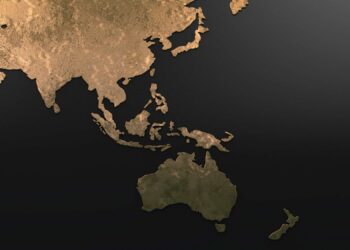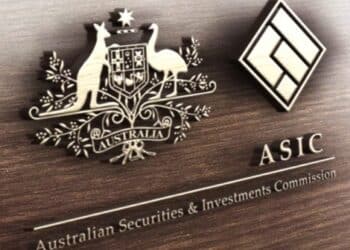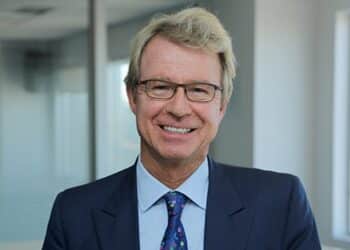Global X’s US 100 ETF (U100) experienced its best inflows ever in April, attracting $26 million in net flows.
According to the exchange-traded fund (ETF) provider, Australian investors are appearing to “buy the dip” following April’s market pullback. With investors worldwide rotating out of US equities given their sharp sell-down, Global X believes that Australian investors remain comparatively undeterred.
“More broadly, solid inflows into US equity ETFs reflect continued confidence in the US exceptionalism narrative and sustained appetite for exposure to the world’s largest economy,” said Marc Jocum, Global X senior product and investment strategist.
Other ETFs also broke records in April, the firm revealed. Last month also marked the strongest month on record for local “covered call” ETF strategies.
The Global X S&P/ASX 200 Covered Call Complex ETF, for instance, saw investors inject a net $14.7 million in flows, marking an all-time high.
“Downward and sideways trending markets, that are historically the ideal conditions in which covered call strategies to outperform, triggered by Trump’s tariffs, saw the Australian covered call ETF category accumulate $25 million as some investors capitalised on volatility,” Jocum said.
Gold ETFs were also a standout performer, attracting more than $110 million in flows last month.
But despite the strong performance of ETFs providing exposure to the yellow metal, demand has yet to surpass peak COVID-19 levels, when March and July in 2020 each saw over $210 million in inflows.
“Globally, we have seen 13 successive weeks of net inflows into gold ETFs, mainly from Asian markets, as investors look to diversify away from traditional US-safe haven assets such as the US dollar and US Treasuries in favour of the precious yellow metal,” Jocum added.
Expounding on these trends overall, the investment strategist said that Australians are using ETFs to take advantage of volatile conditions and lower prices, while moving away from underperforming actively managed funds.
Global X pointed to the latest SPIVA Australia Scorecard, which found that most Australian equities managers underperformed benchmarks.
Particularly in global equities, the lion’s share (85 per cent) of active fund managers failed to match the benchmark return, while 56 per cent underperformed for Australian equity funds.
“Australians are increasingly unwilling to pay the high fees charged by active managers, especially as their performance continues to lag, and they are using passively managed ETFs to gain exposure to the still all-important US equity market,” Jocum said.
“We expect investors will continue to take advantage of lower equity prices and invest in Australian and global assets, which will likely lead to record inflows into the Australian ETF market in 2025.”







